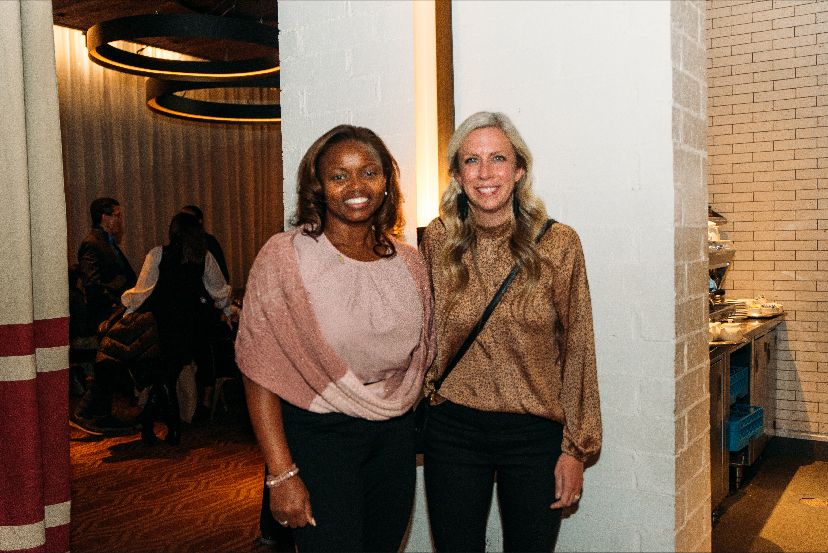Federal Circuit Rejects Signal Claims As Non-Statutory Subject Matter
In an important case addressing the scope of patentable subject matter, the U.S. Court of Appeals for the Federal Circuit rejected a claim reciting “a signal with embedded supplemental data” because a transient signal is not sufficiently tangible to fall within one of the four statutory categories – process, machine, article of manufacture, or composition of matter. In re Nuijten, No. 06-1371 (Fed. Cir., Sept. 20, 2007). Although the claimed signal was arguably man-made, perceptible, and could produce a useful and tangible result, the Federal Circuit held that the signal was not tangible so it cannot be categorized as an article of manufacture. Because the claim did not fit within at least one of the four statutory categories, the claim was held not to be patentable subject matter.
NUIJTEN’S APPLICATION
A digital watermark inserts supplemental data into a signal, such as a video or audio file. The watermark is usually hidden, but the embedded data in the watermark sometimes causes distortion of the signal. Nuijten’s U.S. patent application disclosed a technique for inserting a watermark that minimized unwanted signal distortion.
During prosecution of the application, the patent examiner at the U.S. Patent and Trademark Office (USPTO) allowed only Nuijten’s method claim, Claim 1, which recited “a method of embedding supplemental data in a signal . . . .” The examiner rejected Claims 14 and 15 as being directed to non-statutory subject matter. Claim 15 recited “a storage medium having stored thereon a signal with embedded supplemental data . . . ,” and Claim 14 recited:
14. A signal with embedded supplemental data, the signal being encoded in accordance with a given encoding process and selected samples of the signal representing the supplemental data, and at least one of the samples preceding the selected samples is different from the sample corresponding to the given encoding process.
Nuijten appealed the rejection of claims 14 and 15 to the USPTO’s Board of Patent Appeals and Interferences.
The Board reversed the examiner’s rejection of Claim 15, finding that the “storage medium” puts that claim into the statutory category of “manufacture.” The Board, however, affirmed the examiner’s rejection of Claim 14 on two grounds. First, the Board found the signal to be unpatentable because Claim 14 recited an abstract idea having “no physical attributes.” Applying U.S. case law, patentable subject matter does not include claims to laws of nature, physical phenomena, or abstract ideas. Diamond v. Chakrabarty, 447 U.S. 303, 308 (1980). Second, the Board determined that Claim 14 could not be placed in any of the four statutory categories of patentable subject matter set forth in 35 U.S.C. § 101 (“process, machine, manufacture, or composition of matter”). Nuijten appealed the Board’s decision to the U.S. Court of Appeals for the Federal Circuit.
THE FEDERAL CIRCUIT DECISION
A panel of three judges published its decision on September 20, 2007, with one judge concurring in part and dissenting in part. The majority affirmed the Board’s decision and held that claims to “transitory embodiments are not directed to statutory subject matter.” Slip op. at 11.
The majority opinion begins by construing the meaning and scope of Claim 14. The majority concluded that some type of physical carrier or medium is required for the claimed signal to exist – but the text of Claim 14 did not “in any way specify what carrier is to be used.” Because Claim 14 “is not limited by any specified physical medium,” the claim was deemed not to recite a tangible article. This lack of any tangible element associated with the claimed signal was the fatal flaw when the majority considered whether the claim fit within any statutory category.
The Court’s reasoning began with a review of its decision in State Street Bank & Trust Co. v. Signature Financial Group, Inc., 149 F.3d 1368 (Fed. Cir. 1998). In State Street Bank, at 1375, the court noted: “The question of whether a claim encompasses statutory subject matter should not focus on which of the four categories of subject matter a claim is directed to – process, machine, manufacture, or composition of matter – but rather on the essential characteristics of the subject matter, in particular, its practical utility.” Nevertheless, the majority opinion noted, “the [claimed] subject matter must fall into at least one category of statutory subject matter” (quoting State Street Bank, at 1375).
In considering all four statutory categories, the majority rejected the arguments that a signal could be categorized as a process or a machine, and Nuijten did not challenge the Board’s conclusion that a signal is not a composition of matter. Whether a signal could be categorized as a manufacture, the majority admitted, was a “more difficult” question.
Applying U.S. Supreme Court precedent and dictionary definitions, the majority concluded that the term ‘manufacture’ means “articles resulting from the process of manufacture” and such articles of manufacture are “tangible articles or commodities.”
Once the majority concluded that an article of manufacture must be tangible, the signal claim was doomed. The Court in its claim construction had already concluded that Claim 14 did not recite a tangible article. “In essence, energy embodying the claimed signal is fleeting and is devoid of any semblance of permanence during transmission.” Slip op. at 16. The majority opinion is premised upon this syllogism: A manufacture is a tangible article. A transient signal not limited by any physical medium is not tangible. Therefore, such a signal cannot be categorized as a manufacture. Because the claimed signal did not fall within any of the four statutory categories, as required, the majority concluded that Claim 14 was not patentable subject matter.
THE DISSENT
The dissenting opinion disagreed with the conclusion that a manufacture should be limited to “non-transitory, tangible things.” Dissent op. at 2. The dissent pointed out that many patentable inventions are transient, especially in the field of chemistry. An intermediate chemical compound may be patentable even if it is transitory and unstable.
The dissent also drew a distinction between the required characteristics of an inventive article and the results it produces. Proof that an invention produces a “useful, concrete, and tangible result” provides one indication that the invention is not merely an abstract idea. In re Alappat, 33 F.3d 1526, 1544 (Fed. Cir. 1994) (en banc). As the dissent noted, the decision in Alappat required that the result must be tangible, not the claimed article itself. The majority denied in a footnote that its decision was based on a confused application of the rule in Alappat.
The dissent also challenged the majority’s conclusion that the signal was transient. Although not recited in the text of the claim, the claimed signal with the embedded watermark must endure over some interval of time in order to produce any result.
The majority position, according to the dissent, placed form over substance. To allow Claim 15 reciting a storage medium containing the signal, but reject Claim 14 reciting the signal itself, reduces the question of patentable subject matter to the art of claim drafting. “The signal is either a ‘new and useful’ manufacture or it is not. . . . A better distinction is made based on the nature of the underlying invention, without regard to the particular way it is claimed.” Dissent op. at 17.
In 1853, the dissent noted, the U.S. Supreme Court allowed a claim by Samuel Morse which recited a “system of signs, consisting of dots and spaces . . . for telegraphic purposes.” See, O’Reilly v. Morse, 56 U.S. (15 How.) 62, 86 (1853) (categorizing the claim as an “art” rather than a “manufacture”). The dissent noted that the “system of signs” recited in the Morse claim is not a tangible article. The claim produces a signal having a particular set of constraints, which the dissent argued is precisely what the Nuijten claim produces.
FORM OVER SUBSTANCE?
The dissent observed correctly that the decision turns on the precise text of the claim. As drafted, Claim 14 lacked any physical medium to carry the signal. Without a limitation as to the medium, the claim covered the signal traveling in any medium (or none at all). As such, the claim recited only the signal, in a contextual vacuum, with no physical limitations. The majority reasoned that such a claim covers only an ‘abstract idea’ and therefore should not be patentable.
The majority opinion suggested that a claim reciting a signal must include a physical medium, such as “through a fiber optic cable” or “on a computer-readable medium.” Such a claim could be characterized as reciting an article of manufacture, satisfying the requirement that a claim must recite subject matter in one of four categories, and allowing a patent examiner (or a judge) to then analyze whether the claimed signal has utility; i.e., whether it produces a useful, concrete, and tangible result.
Whether adding a physical medium have rendered Nuijten’s Claim 14 patentable remains an open question. The majority, however, noted several times that Nuijten’s invention would be protected by the allowed claims which recite a method and a storage medium. In that regard, Nuijten’s claim drafting was successful.
The Nuijten decision has been cited as an example of the Federal Circuit pulling back the reins on the scope of what is patentable, perhaps in response to the popular notion that almost anything is patentable and to recent Supreme Court decisions including KSR Int’l v. Teleflex Inc., 127 S. Ct. 1727, 1742-43 (2007) (the test for obviousness “requires consideration of common knowledge and common sense”). The Federal Circuit was created in the early 1980s with exclusive jurisdiction to hear patent appeals from the Board and from the various federal district courts. As such, the Federal Circuit is often the final word in patent jurisprudence, but its decisions also reflect an appreciation of the risk the Supreme Court will occasionally accept a patent case for review and establish new or updated precedent.
Once discounted in the State Street Bank decision, the requirement that every claim must fit within at least one of the four statutory categories will now be important to U.S. patent examiners. Patent practitioners will most likely view the Nuijten decision as a guide for proper claim drafting, and as a warning to draft claims that recite the inventive subject matter in a variety of claim formats. Although Nuijten’s signal claim was ultimately rejected, patent protection for the invention was saved by the prudent strategy of also submitting a method claim and a storage medium claim.

























